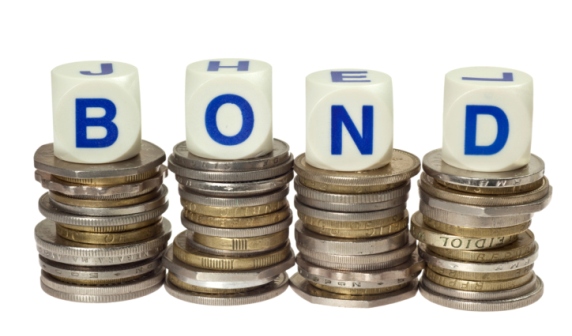Largest six-month hike in pay since 2007; 'people are feeling better'
The biggest six-month increase in U.S. worker pay in almost five years helps lay the ground for a pickup in consumer spending, the largest part of the economy.
Wages and salaries in the third and fourth quarters grew a combined $197.3 billion, the most since the six months ended March 2007, according to revised Commerce Department figures released Feb. 29. The report also showed the economy grew faster in the fourth quarter than previously estimated and Americans saved more.
Rising incomes show the improving labor market will provide households the wherewithal this year to increase their purchases, which account for about 70 percent of the economy. The wage gains may help Americans withstand higher gasoline prices that threaten discretionary spending.
“Consumers have a lot more firepower than we thought,” said Joseph LaVorgna, chief U.S. economist at Deutsche Bank Securities Inc. in New York. “We should see stronger consumption over the course of the year. Things are moving in the right direction.”
Gross domestic product rose at a revised 3 percent annual rate in the final three months of last year, the most since the second quarter of 2010, the Commerce Department reported. Consumer spending grew at a 2.1 percent annual pace, adding 1.5 percentage points to economic growth, the most in a year.
Federal Reserve Chairman Ben S. Bernanke said keeping monetary stimulus is warranted even with employment gains and a jobless rate that's declined to a three-year low of 8.3 percent. But rising wages could eventually force the Fed to readdress its cheap money policy.
Bernanke on Jobs
“We have seen some positive developments in the labor market,” Bernanke said this week during his semi-annual monetary policy report to Congress. He said a recent rise in gasoline prices “is likely to push up inflation temporarily while reducing consumers' purchasing power.”
A gallon of regular unleaded gasoline has climbed 14 percent this year to $3.74 as of March 1, the highest level since June, according to AAA, the nation's largest automobile association. At the same time, January data indicate Americans are in better shape to withstand the run-up.
Wages grew 0.4 percent in January for a second month, figures showed yesterday. Personal spending adjusted for price changes was unchanged for a third month, restrained by outlays for services like utilities that may have been tied to warm winter weather. Purchases of durable goods, like vehicles, rose the most in three months.
‘Consumer Can Cope'
“Wages are picking up, and people are feeling better,” said Chris G. Christopher, a senior principal economist at IHS Global Insight in Lexington, Massachusetts. “That makes for a positive feedback for consumer spending. The gasoline-price increase isn't welcome news, but the American economy and American consumer can cope with it this time around.”
Gap Inc., the largest U.S. apparel chain, and Target Corp., the second-largest U.S. discount retailer, were among retailers that yesterday reported gains in February sales at stores open at least a year, exceeding analysts' average estimates. Warm weather may have helped to lift purchases of spring merchandise.
Demand for automobiles improved as well. Auto sales in February rose to the fastest pace in four years, led by Chrysler Group LLC and a surprise gain from General Motors Co. Light- vehicle sales accelerated to a 15.03 million annual rate, the strongest since February 2008, according to Ward's Automotive Group.
Revisions to the GDP figures on Feb. 29 showed wages and salaries from July through September rose $107.2 billion, up from the $24.8 billion gain initially reported. They climbed another $90.1 billion last quarter, up from a prior estimate of a $66.1 billion gain.
Savings Rate
The increases helped boost the savings rate to 4.5 percent in the fourth quarter from a previously reported 3.7 percent, and to 4.6 percent in the prior three months from an initial estimate of 3.9 percent. With the improvement, there may be a less pressing need for consumers to use any additional income this year to rebuild savings.
The savings rate “drifted down only modestly” through last year from 5 percent in the first quarter, according to Julia Coronado, chief economist for North America at BNP Paribas in New York.
“This is significant as it removes what we considered to be a potential headwind to growth as consumers seek to restore higher saving rates,” Coronado said in a note. “Recent improvement in the labor market could lead to continued gradual firming in consumer spending growth without sacrificing saving.”
The savings rate was 4.6 percent in January, following 4.7 percent a month earlier, yesterday's personal income and spending report showed.
The quarterly revisions to wages also indicate the government has been undercounting the number of jobs created, and that workers' earnings and hours may be higher than recent reports show, LaVorgna said.
“Maybe we ought to give the economy a little more credit than we did” so far, he said.
--Bloomberg News--







